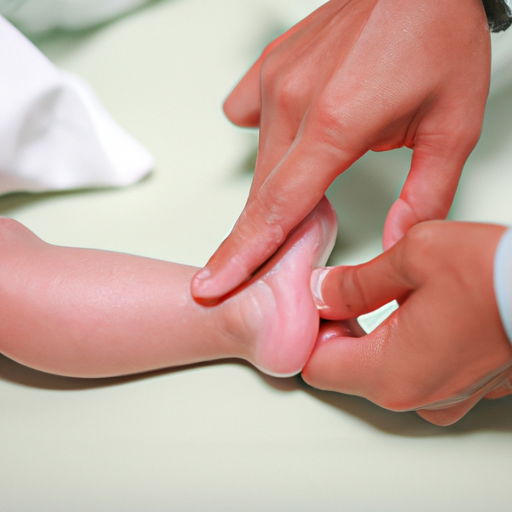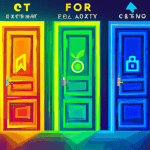Is Babinski Reflex Present at Birth? Unveiling the Truth!
The Babinski reflex is a neurological reflex that is commonly tested in newborn babies. It involves the upward movement of the big toe and the fanning out of the other toes when the sole of the foot is stroked. This reflex is named after the French neurologist Joseph Babinski, who first described it in 1896.
Many parents and caregivers wonder whether the Babinski reflex is present at birth or if it develops later in infancy. In this article, we will delve into the truth behind the presence of the Babinski reflex in newborns.
The Babinski reflex is indeed present at birth and is considered a normal response in infants. It is a primitive reflex that can be observed in most newborns up until the age of 2 years. The presence of the Babinski reflex is an indication of a healthy functioning nervous system in infants.
During the first few months of life, the Babinski reflex is more pronounced and easily elicited. As the baby grows and develops, the reflex gradually diminishes and is eventually replaced by more mature motor responses. By the age of 2, the Babinski reflex should no longer be present, and the toes should flex downward when the sole of the foot is stroked.
The Babinski reflex serves as an important diagnostic tool for healthcare professionals. If the reflex persists beyond the expected age range or reappears later in life, it may indicate an underlying neurological condition. In such cases, further evaluation and medical attention are necessary to determine the cause of the abnormal reflex.
It is important to note that the presence or absence of the Babinski reflex alone does not provide a definitive diagnosis. Healthcare professionals consider various other factors and perform additional tests to assess the overall neurological health of an individual.
In conclusion, the Babinski reflex is indeed present at birth and is considered a normal response in newborns. It gradually disappears as the baby grows and develops. However, if the reflex persists or reappears later in life, it may indicate an underlying neurological condition that requires further evaluation. Understanding the presence and significance of the Babinski reflex can help parents and caregivers monitor the neurological development of their infants and seek appropriate medical attention if necessary.




